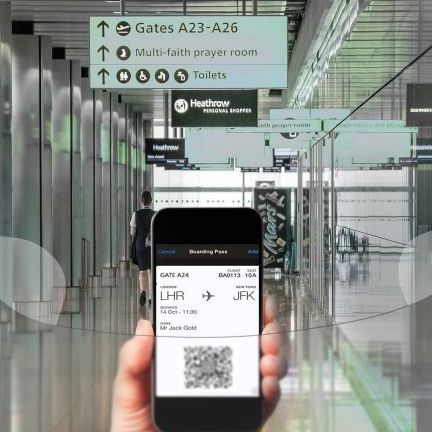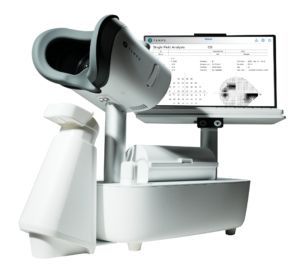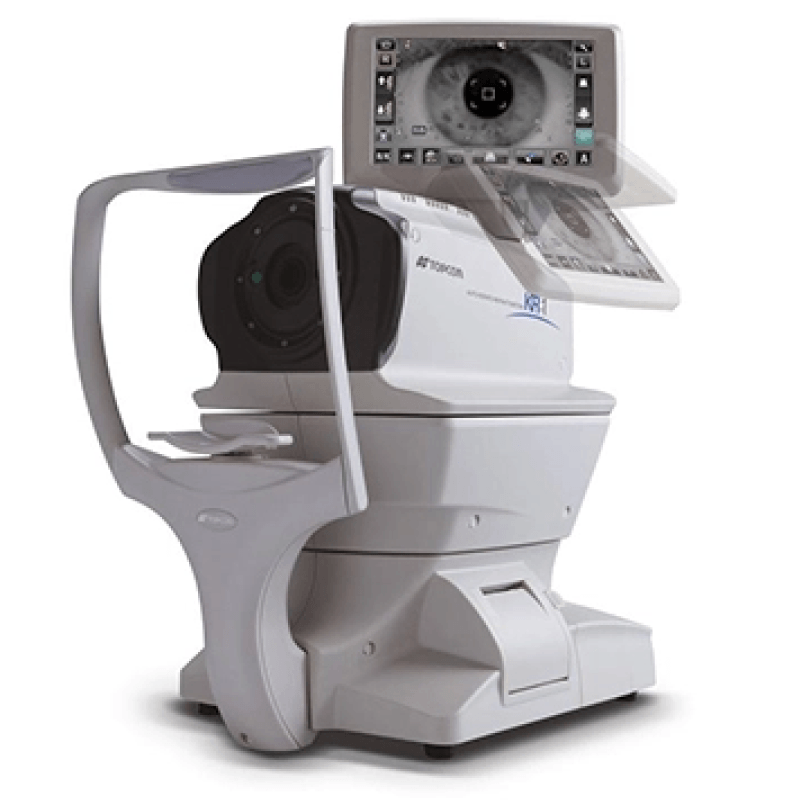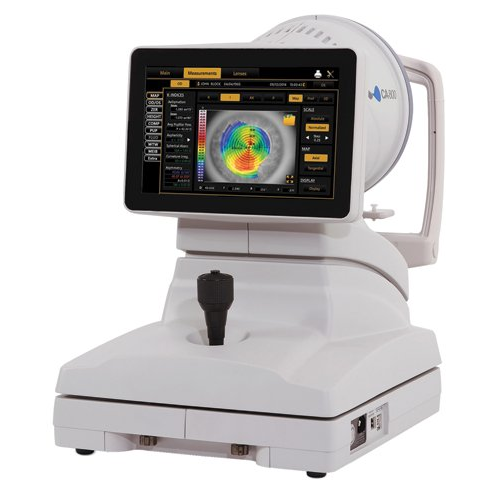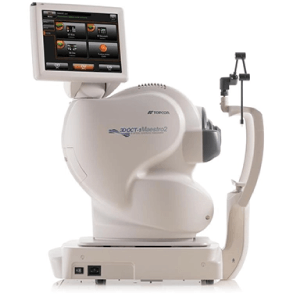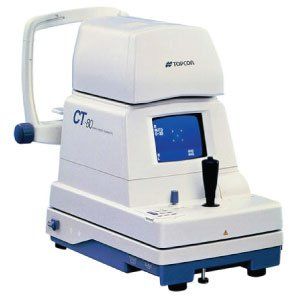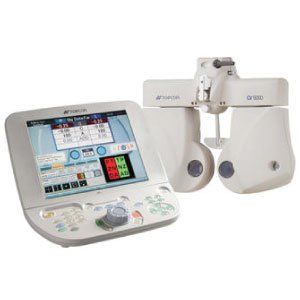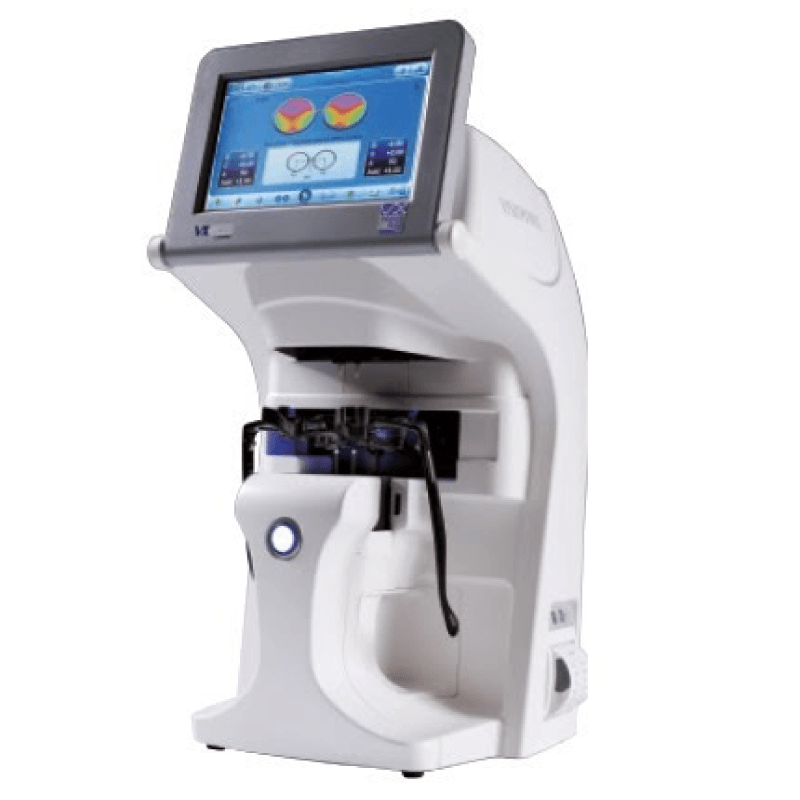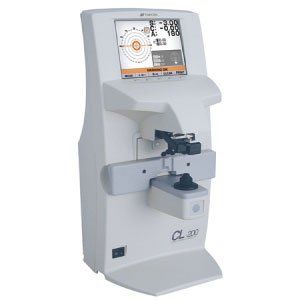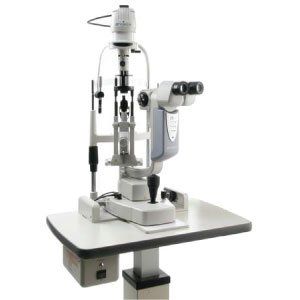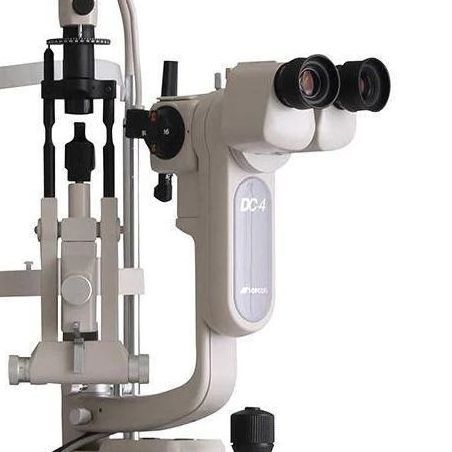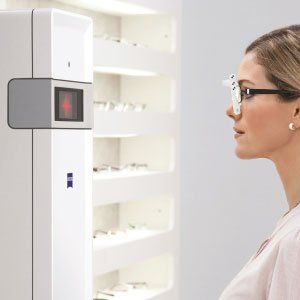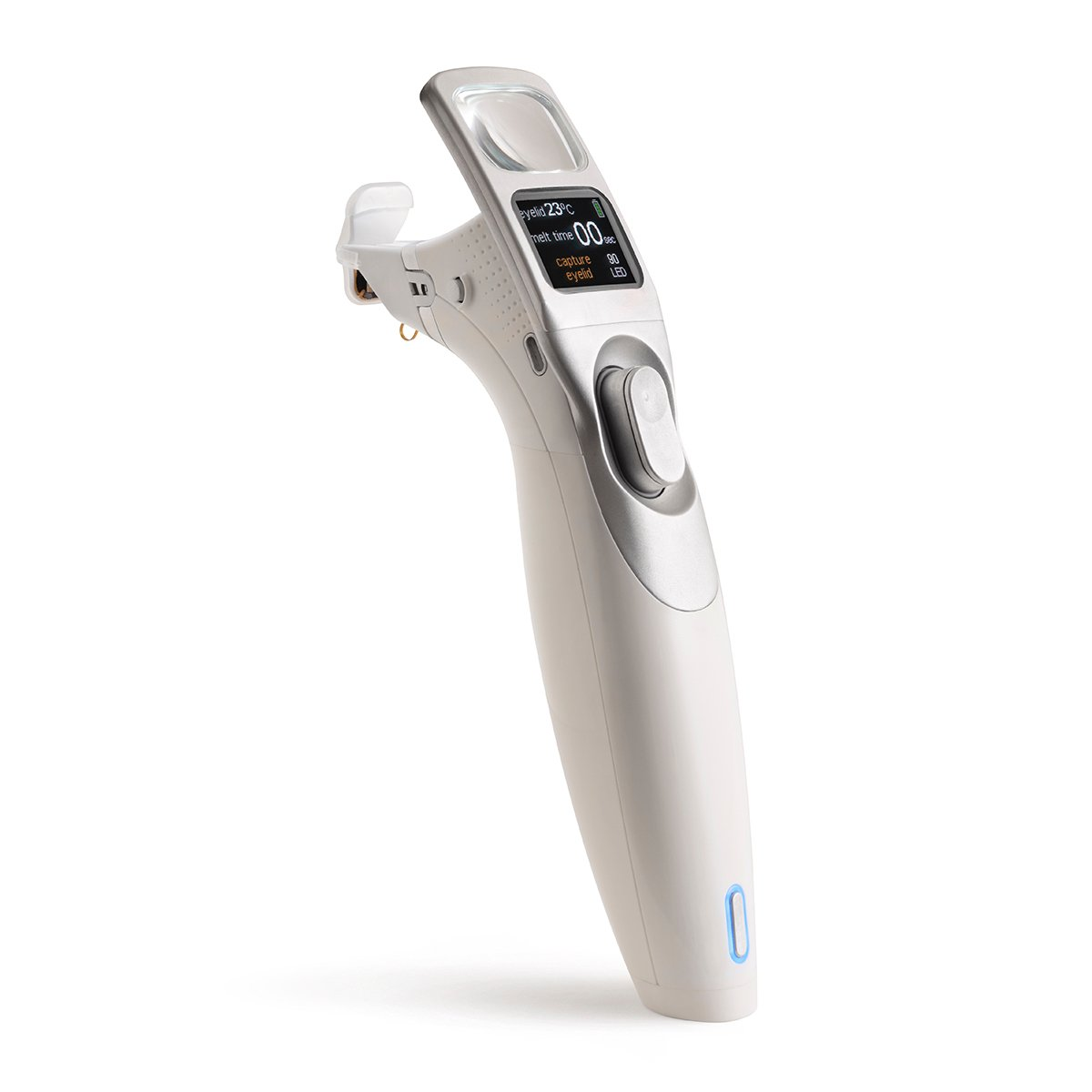Our Technology
Urban Optiks Optometry utilizes the latest cutting-edge automated diagnostic and refractive exam equipment available to deliver the most precise vision correction possible. Through our advanced technology and expertise, Urban Optiks is able to deliver an experience and degree of precision not typically found in practices that utilize traditional manual eye exam equipment. Discover how Urban Optiks Optometry combines all of this technology to provide you with the most comprehensive eye examination possible.
Digital Lenses
FEATURING Zeiss PREMIUM LENSES
Digital lenses are a cutting-edge technology that provides highly customized and precise vision correction. Unlike traditional lenses, digital lenses use advanced computer technology to minimize distortions and provide a clearer, sharper field of view. They enhance visual comfort and are particularly useful for tasks like reading, working on a computer, and driving at night, offering a superior eyewear experience.
ZEISS Premium Digital Lenses are backed by the rich history of this renowned optics company established in 1846. ZEISS is a leader in optical innovation, and their digital lenses provide custom, distortion-free vision correction, ensuring clarity and comfort for various tasks. With ZEISS, you get the best in optical technology and craftsmanship.
NEW TECHNOLOGY FOR 2024
Visual Field Analyzer
Topcon TEMPO
Visual field testing is one of the main diagnostic tools used to provide information about your visual function and quality of vision. Functional testing of the retina utilizing contrast sensitivity (shades of dark and light) measures the field of view and peripheral vision which aids in determining the early detection and staging of many diseases including glaucoma. The novel, binocular approach of Topcon's latest device TEMPO, makes testing faster and more comfortable, which results in effective testing from screening through advanced glaucoma – without compromising accuracy.
NEW TECHNOLOGY FOR 2023
Automated Kerato-Refractometer
Topcon KR-1
This tri-functional device combines an autorefractor, autokeratometer, and a corneal mapping system all in one instrument! The autorefractor is a machine used to quickly measure a person’s refractive error and prescription for eyeglasses or contact lenses. This is achieved by measuring how light is changed as it bounces off the back of a person’s eye. The keratometer is used to determine the shape of the cornea. It does this by looking at the reflection of light off of the cornea at sixteen different points. These measurements are used to diagnose conditions such as astigmatism, Keratoconus, corneal scarring and corneal distortion. A keratometer is commonly used to fit contact lenses as well.
NEW TECHNOLOGY FOR 2023
Corneal Analyzer
Topcon CA800
A corneal analyzer provides comprehensive corneal topography (elevation mapping of the corneal surface) for our doctors allowing for the complete evaluation of the anterior corneal surface. The CA-800 provides robust software features allowing for a total analysis of the patient's corneal surface as well as pupillometry, fluorescein imaging, meibomian gland imaging, contact lens fitting software, white to white measurement, Zernike analysis and tear meniscus analysis.
NEW TECHNOLOGY FOR 2023
Multi-Modality OCT & Fundus
Topcon Maestro 2
The retinal camera is designed to obtain high resolution color and monochrome images of the retina and the anterior segment of the human eye including the optic nerve, blood vessels, nerve fiber layer, and the macula. It aides in the ability to detect and accurately diagnose the early stages of many diseases including glaucoma, macular degeneration, hypertension and diabetes. The use of retinal photography, in most cases, eliminates the need for patients to have their eye dilated during the exam.
Non-Contact Computerized Tonometer
Topcon CT-80
Tonometry is a procedure where the fluid pressure inside your eye is measured to determine the intraocular pressure (IOP) which is used to evaluate your risk for glaucoma. Non-contact tonometry (also known as the “air-puff test’) is an anesthetic-free test that eliminates the need for drops to be applied to your eyes. Our computerized non-contact tonometry delivers the most reliable results of this type of testing.
Digital Refraction System
Topcon CV-5000
Digital Refraction Systems are the biggest change in eyeglass prescription testing in over 50 years! The automated system provides a more accurate prescription over the traditional manual instrument and allows you to view and compare the difference between both your old and new prescriptions before you purchase your new glasses. The system also incorporates new techniques to balance the two eyes for better binocular comfort and vision. It electronically downloads the prescription into our electronic medical records and is utilized with our Digital Lens Fitting equipment.
Digital Wavefront Lens Analyzer
Luneau Visionix VX40
This device is a fully-automated lens analysis and measuring device that conveys the measurements in the form of a visual topographic map of the power ranges across all lenses including bifocals, progressives, freeform, and single vision lenses. This allows us to confirm the accuracy of the manufacturing of the lenses and verify the power and accuracy of the prescription.
Digital Lensometer
Topcon CL-200
This device reads the power of your existing lenses and uploads the information into our digital refraction system so that you may compare your existing prescription to your new prescription. It easily allows you to see how your prescription has changed. It gives the most accurate reading of your lenses as opposed to a manual lensometer which is subject to human error. We also use this device to verify that all lenses returning from our labs are fabricated as prescribed.
Digital Slit Lamp
Topcon SL-D7
The digital slit lamp is a binocular instrument consisting of a high-intensity light source that can be focused to shine a thin sheet of light into your eye. It is used in conjunction with a biomicroscope and a digital imaging device. The lamp facilitates an examination of the anterior segment and posterior segment of the human eye, which includes the eyelid, sclera, conjunctiva, iris, natural crystalline lens, and cornea. The slit-lamp examination provides a stereoscopic magnified view of your eye’s structures in detail, enabling anatomical diagnoses to be made for a variety of eye conditions including cataracts.
Slit Lamp Imaging System
Topcon DC4
The Slit Lamp Imaging System is a compact and efficient solution for digital documentation of the anterior segment. It features a high-resolution camera that allows the doctor to capture detailed images of the cornea, iris, lens, and other structures of the anterior segment. These images are used for documentation, analysis, and tracking of changes in ocular health over time.
Digital Lens Fitting
Zeiss i.Terminal 2
Lens fitting plays a key role in maximizing your visual comfort, as fitting errors can cause up to a 40% loss in lens performance. Traditionally, manual fittings were measured in more than 1mm increments and were limited to only using the pupillary distance and ocular height in calculating the final prescription placement for your lenses. Now, with the iTerminal 2 technology, we are able to measure vertex distance, pantoscopic tilt, posture & wrap and capture all the fitting/alignment data necessary with a precision of 0.1 mm – resulting in a fully-customized and completely accurate digital lens experience.
Dry Eye Thermal Pulsation System
Systane iLUX by Alcon
The Systane iLUX Thermal Pulsation System from Alcon is used to restore eye health and comfort for people suffering from chronic dry eyes due to Meibomian Gland Dysfunction. iLUX is a handheld device that uses light source heating and compression intended to help the Meibomian glands express oils to protect the tears. The innovative minimally-invasive procedure uses gentle pressure and soothing heat to remove blockages from the meibomian glands. Clinical studies show that iLUX can significantly improve meibomian gland function and alleviate uncomfortable dry eye symptoms.
Find out more about iLux®


